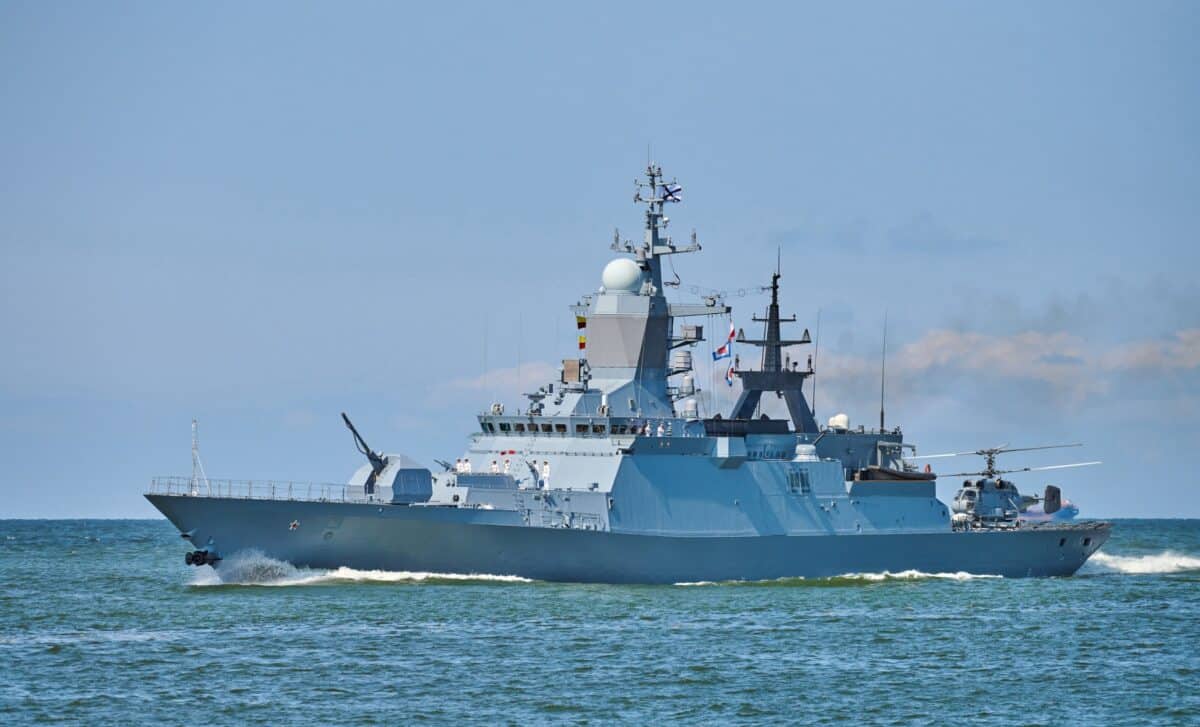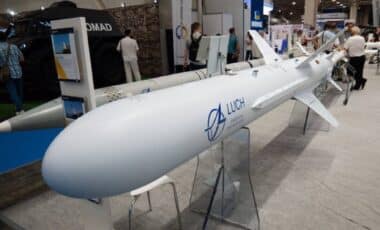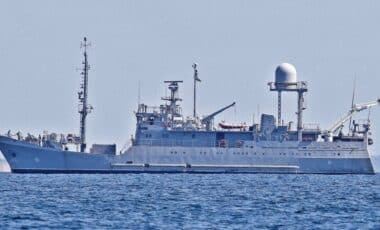The AIRCAT Bengal MC, a groundbreaking autonomous warship, is set to revolutionize maritime defense with its impressive speed, power, and cutting-edge artificial intelligence. Unveiled at the Sea Air and Space Exhibition, this advanced vessel promises a cost-effective alternative to traditional naval fleets, offering unparalleled operational capabilities without relying on human crews.
Designed to provide both agility and firepower, the AIRCAT Bengal MC is a 36-meter-long warship that can reach speeds over 50 knots and carry up to 44 tons. This innovative vessel is not only faster than most traditional ships, but its advanced autonomous systems also allow it to operate independently, making it a potential game-changer in military strategy.
This ‘Made in Turkey’ Carrier Marks the End of a 70-Year Military Dependence
A New Era in Autonomous Naval Warfare
The AIRCAT Bengal MC marks a major leap in autonomous naval technology. Built by Eureka Naval Craft in collaboration with Greenroom Robotics and ESNA naval architects, this vessel is designed to perform a variety of missions without the need for a human crew. According to Bo Jardine, CEO of Eureka Naval Craft, “This is a high-tech, ultra-fast vessel capable of operating both with and without a crew.”, reports Armées.
Weighing in at 44 tons, the AIRCAT Bengal MC can travel up to 1,000 nautical miles on its own, providing a unique combination of speed, autonomy, and endurance. Its design, which incorporates Surface Effect Ship (SES) technology, ensures that it can perform complex naval tasks efficiently, including missile strikes, drone launches, and rapid troop transportation.
Versatility and Offensive Capabilities
The AIRCAT Bengal MC is not just a fast and autonomous vessel—it is also armed for action. According to reports, it is equipped to launch Tomahawk cruise missiles and Naval Strike Missiles (NSM), giving it significant offensive power. In addition to these strike capabilities, the ship is designed for a variety of operational roles, including the rapid deployment of troops, drone missions, and even complex tasks like laying and neutralizing naval mines.
Its modular design allows for flexible configurations to meet specific mission needs, making it adaptable to a wide range of military operations. As noted by Jardine, “The AIRCAT Bengal MC offers a very fast alternative, fully equipped with formidable firepower.”
A Growing Market for Autonomous Warships
The appeal of the AIRCAT Bengal MC extends beyond its technical prowess. Potential clients include not only the United States Navy but also other international forces, such as those involved in the AUKUS pact, which includes Australia, the United Kingdom, and the United States. Additionally, countries like Singapore, Japan, South Korea, Vietnam, Thailand, and the Philippines are reportedly showing interest.
This growing interest is part of a broader effort to reduce reliance on large, crewed warships, which are costly to maintain and operate. By offering a more flexible, affordable solution, the AIRCAT Bengal MC could become an attractive option for modern naval forces seeking to enhance their capabilities while reducing operational costs. According to Jardine, “The AIRCAT Bengal MC offers a rapid and heavily armed alternative to traditional, expensive vessels.”








